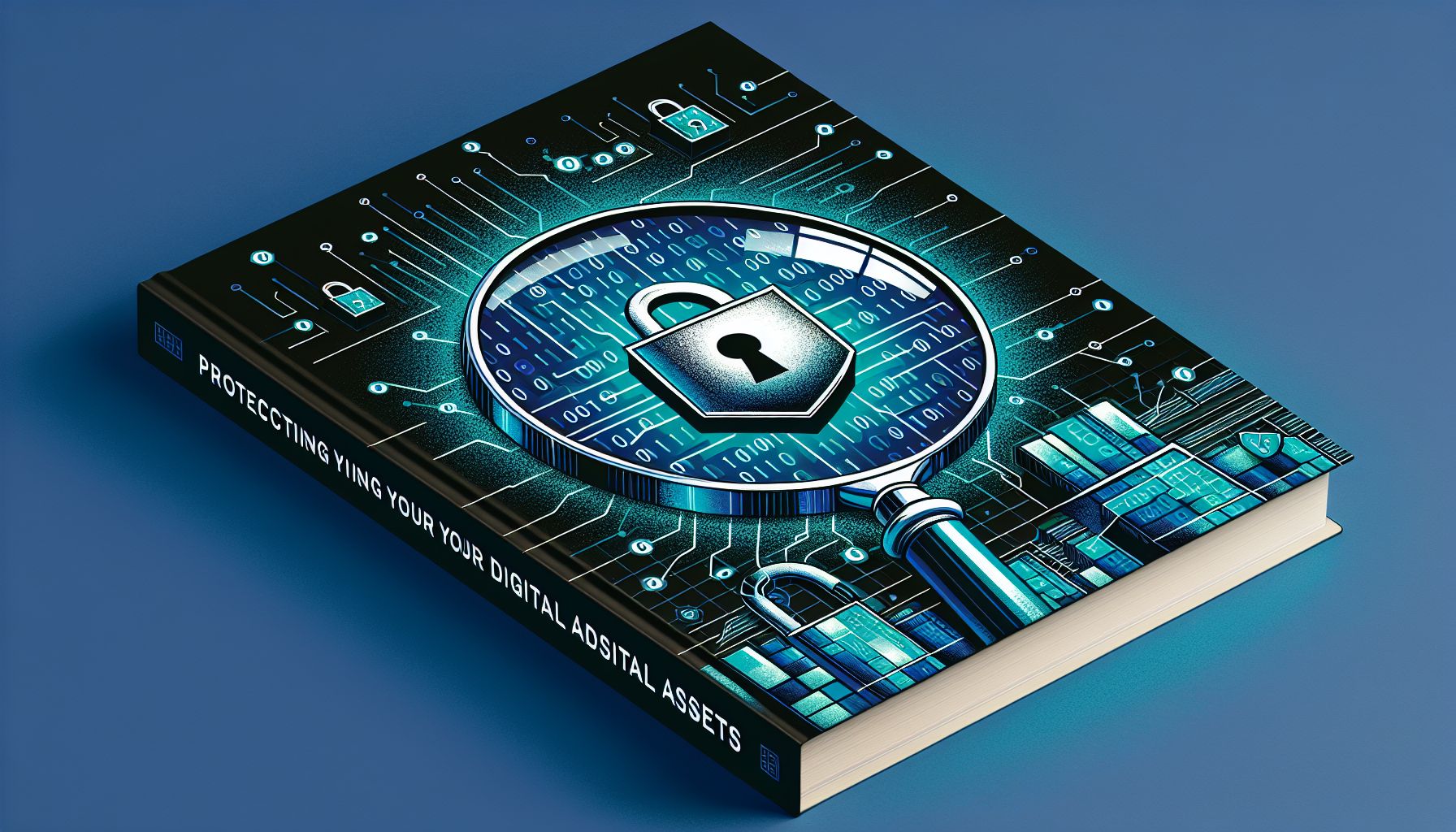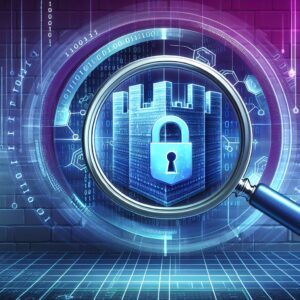In today’s digital age, where technology plays a crucial role in our daily lives, the threat of cyber attacks and data breaches is higher than ever. As a technical audience, it is essential to stay informed about the latest trends in cyber security and understand the importance of computer forensics in investigating and preventing cyber crimes.
Introduction to Cyber Security
Cyber security involves the protection of computer systems, networks, and data from cyber attacks. These attacks can come in various forms, such as malware, phishing, ransomware, and denial of service attacks. As a technical professional, it is crucial to implement robust security measures to safeguard your digital assets from these threats.
One of the key aspects of cyber security is implementing strong passwords and multi-factor authentication to prevent unauthorized access to your systems. Regularly updating your software and securing your network with firewalls and encryption are also essential in protecting your data from cyber attacks.
The Role of Computer Forensics
Computer forensics plays a vital role in investigating cyber crimes and collecting evidence to identify and prosecute cyber criminals. It involves the analysis of digital devices such as computers, smartphones, and hard drives to uncover traces of malicious activities and gather information to support legal proceedings.
As a technical audience, understanding the principles of computer forensics is crucial in identifying security breaches, tracking down cyber criminals, and preventing future attacks. By leveraging forensic tools and techniques, you can effectively analyze digital evidence, reconstruct cyber incidents, and ensure the integrity of your investigation process.
Best Practices in Cyber Security and Computer Forensics
To enhance your cyber security posture and improve your computer forensics capabilities, here are some best practices to consider:
- Regularly update your software and firmware to patch known vulnerabilities and protect your systems from cyber attacks.
- Implement security awareness training for your employees to educate them about the latest cyber threats and how to detect suspicious activities.
- Monitor your network traffic and endpoint devices for unusual behavior and potential security incidents.
- Back up your critical data regularly and store it securely to mitigate the impact of ransomware attacks and data breaches.
- Work closely with legal and law enforcement authorities to ensure that your computer forensics investigation follows proper legal procedures and guidelines.
By following these best practices, you can strengthen your cyber security defenses and enhance your ability to investigate and respond to cyber incidents effectively.
Conclusion
As a technical audience, staying informed about cyber security and computer forensics is essential in safeguarding your digital assets and protecting your organization from cyber threats. By implementing robust security measures, leveraging forensic tools, and following best practices, you can enhance your cyber security posture and mitigate the risks of cyber attacks.
Remember, cyber security is a collective effort, and it requires constant vigilance, collaboration, and ongoing education to stay ahead of cyber criminals and protect your valuable digital assets. So, stay proactive, stay informed, and prioritize cyber security in your technical endeavors. Your digital assets depend on it.




